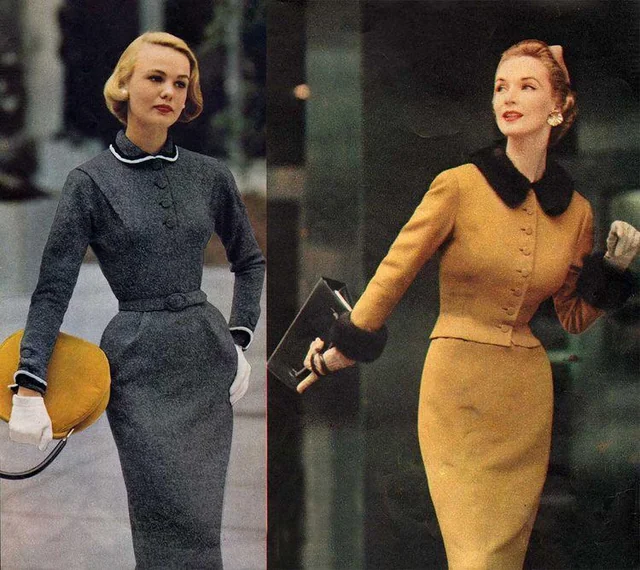Rock music has always been about more than just sound. It’s an entire cultural movement, with fashion playing a crucial role in shaping its visual identity. Over the decades, iconic rockstars have set trends, pushed boundaries, and inspired generations with their distinct styles.
Read on to take a journey through rock history, exploring how fashion and music have influenced each other over time.
1950s: The Birth of Rock ‘n’ Roll Style
The 1950s saw the birth of rock ‘n’ roll, and along with it came a rebellious style that broke away from traditional norms. Artists like Elvis Presley set the stage with slicked-back hair, leather jackets, and denim jeans. This look became the symbol of teenage rebellion and freedom, marking the beginning of a new cultural era. The classic combination of leather and denim has since become synonymous with the rockstar aesthetic.
1960s: Psychedelia and the Hippie Revolution
The 1960s brought about the psychedelic rock movement, a time when music and fashion became more experimental. Bands like The Beatles and The Rolling Stones embraced colorful, eclectic outfits, often with paisley prints and bold patterns. Fringe, tie-dye, and bell-bottoms became part of the countercultural movement. This decade wasn’t just about making music—it was about making statements, both political and personal, through fashion.
1970s: Glam Rock and Androgyny
The 1970s ushered in the era of glam rock, with David Bowie and Marc Bolan leading the charge. The glam rock scene was all about androgyny, glitter, and flamboyance. Bold makeup, sequined outfits, and platform boots were the norm, challenging traditional gender roles and pushing the boundaries of fashion. Bowie’s iconic Ziggy Stardust persona still resonates today, influencing modern artists who want to blend rock and fashion in a theatrical, gender-fluid way.
1980s: Leather and Metal Domination
As the 1980s arrived, rock fashion took on a harder edge with the rise of heavy metal and punk. Black leather, studded accessories, and ripped denim became the go-to uniform for metal bands like Metallica and punk pioneers like The Ramones.
This was the era where rockstars adopted a DIY approach, making their clothing a statement of rebellion and anti-establishment views. The oversized leather jackets and spiked hairstyles of this time are still iconic symbols of rock defiance. Fans of rock history can celebrate their passion for the genre by wearing vintage-inspired rock music shirts from backstageoriginals.com, which pay homage to iconic bands and moments throughout the decades.
1990s: Grunge and Casual Cool
The 1990s saw the emergence of grunge, with bands like Nirvana and Pearl Jam taking the stage. Grunge fashion rejected the glamor of previous decades, embracing a more casual, worn-out look. Flannel shirts, torn jeans, and combat boots became the staples of the grunge aesthetic. This minimalist, “anti-fashion” style was a reflection of the grunge movement’s rejection of mainstream culture, and it continues to inspire today’s fashion trends.
The Legacy of Rock Fashion
Rock music and fashion have always shared a symbiotic relationship, with each influencing and reflecting the other. From the rebellious spirit of the 1950s to the laid-back attitude of the 1990s, rockstars have consistently pushed the boundaries of style. Today, fashion designers often draw inspiration from these eras, keeping the legacy of rock fashion alive. As music continues to evolve, so too will the fashion that accompanies it, but the influence of rock on the world of fashion is undeniable.
Rock history is more than just an auditory experience; it’s a visual journey that has shaped generations, reminding us that music and fashion are intrinsically connected.




